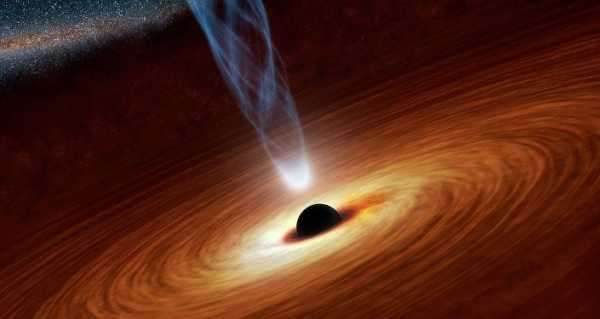
Located some 7,800 light-years away in the Ara constellation, NGC 6397 is considered one of the two globular clusters closest to Earth. As a result of its dense nucleus, it is also known as a core-collapsed cluster.
New findings by a pair of researchers with France’s Paris Institute of Astrophysics have determined that a concentration of stellar-mass black holes is situated inside of globular cluster NGC 6397.
Researchers Eduardo Vitral and Gary Mamon initially focused their attention on NGC 6397 with the intention of investigating whether the cluster hosted an intermediate-mass black hole (IMBH) – a highly-debated matter among astronomers eager to find a link between supermassive black holes and stellar-mass black holes.
However, upon further investigation, they instead discovered that the cluster was actually filled with many small black holes. Vitral and Mamon were able to make the discovery by tapping on observations made by NASA’s Hubble Space Telescope and measurements provided by the European Space Agency’s Gaia space observatory.

Image provided by the US’ National Aeronautics and Space Administration offers a look at NGC 6397, a globular cluster that is roughly 7,800 light-years from Earth and sits in the Ara constellation.
Officials argued in their findings that the mystery component they came upon could only be the remnants of massive stars such as white dwarfs or neutron stars based on their mass, extent and location. They further noted that the majority of the black holes were located within the center of the NGC 6397 as a result of gravitational drag, which prompts dead stars to sink toward the galactic center, as lower-mass stars migrate outward.
Vitral and Mamon’s findings come as two recent studies have proposed that stellar-mass black holes could populate the core of globular clusters. The pair have postulated that their findings could support the argument that black holes within globular clusters are a source of gravitational waves.
Sourse: sputniknews.com






